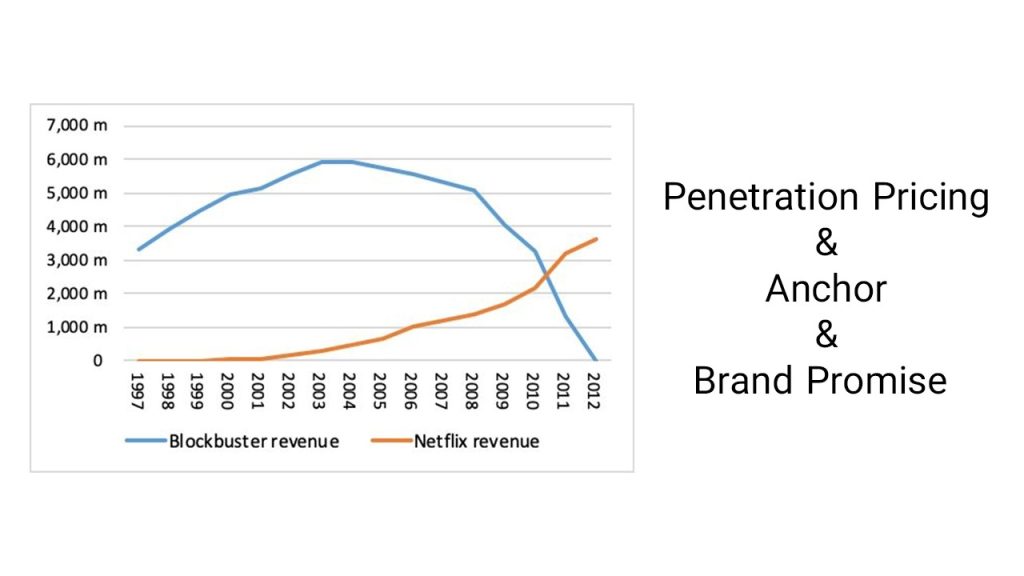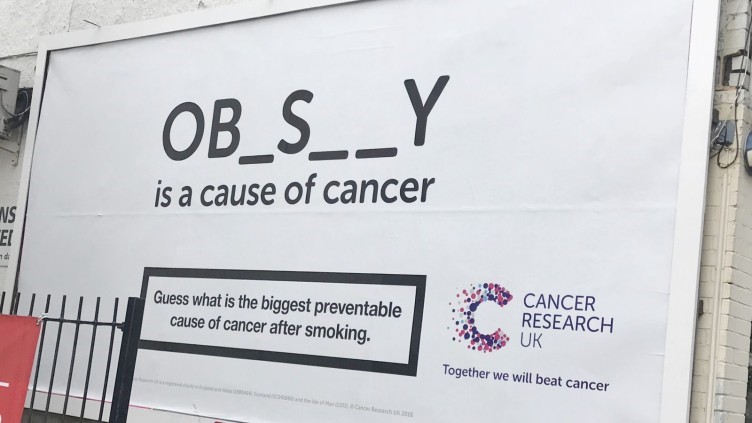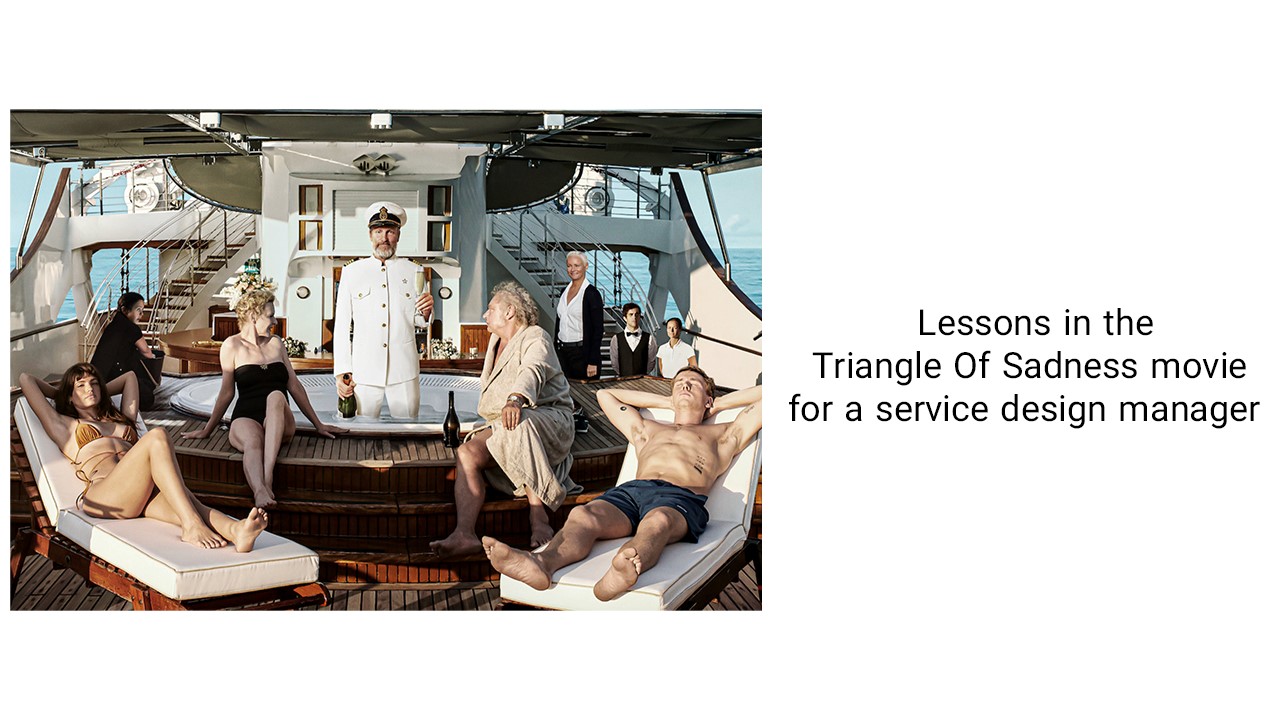
When entering a new market, some companies aim to gain market share by offering their products or services at low prices. This approach has a logical basis, as the cost of advertising and acquiring customers is high when there is limited awareness of the brand, and people are hesitant to try a new product. By offering low prices, they are able to attract customers to try their offerings.
Anchors in Pricing and Advertising
Anchor is an important concept in behavioral economics that marketers use in their pricing and advertising strategies. For example, if it is the 13th of January, reminding the customer of this date may make it easier to sell services priced between $10 and $19, compared to services priced at $25, $38, or $7.
To better understand the anchor concept, let’s consider the element of relativity. If you are selling a monthly website subscription for $29, it can be helpful to offer a more expensive option, such as $50. This more expensive option serves as an anchor, making the $29 subscription seem more reasonable.
Anchor and Brand Promise
A brand promise is the experience that customers expect from a brand in each interaction. For example, McDonald’s brand promise is to provide an inexpensive, familiar, and consistent meal in a clean environment. If McDonald’s were to increase its prices, it would likely lose some customers.
It is important to consider how the price is anchored in the customer’s mind. If price becomes the brand promise, it cannot be changed easily. Changing the price without considering the customer can damage the brand.
Penetration Pricing and Brand Promise
When using a penetration pricing strategy, it is important to offer value to the customer beyond just low prices. A great example of this is Netflix. When they first started their rental DVD services, customers chose them for multiple reasons, not just because of their low prices.
To successfully implement a penetration pricing strategy, it is important to review your business model. Do you have values that customers prefer over competitors, beyond just low prices?
Brand promises should be tangible, and if customers cannot easily explain your advantage, then it is only imagined in their minds (even if they feel good about it). For example, a website used penetration pricing to gain market share, but when they raised their prices, they lost 40% of their customers because their quality advantage was not clearly understood.
Penetration Pricing, Anchor, and Brand Promise
To summarize, price should not be the only advantage in a penetration pricing strategy. It is important to be mindful of how the price is anchored in the customer’s mind, as raising prices may result in losing customers. However, by paying attention to anchors, these consequences can be reduced. For example, when raising prices, consider launching a new version of the product or service, or making changes that are easily understood (such as packaging). Additionally, it can be helpful to have some relation between the old and new prices.
In conclusion, a successful penetration pricing strategy requires a balance between offering low prices and providing tangible value to customers, while considering the impact on the brand and the use of anchors. Good luck!






